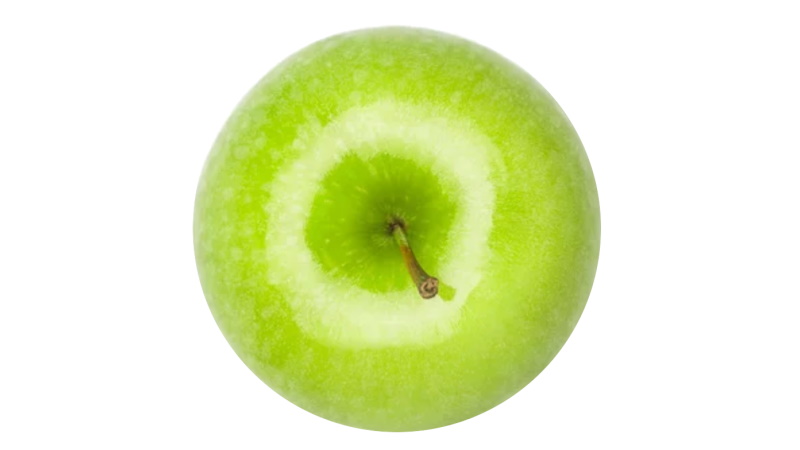Almond Board Continues Legacy Of Funding Important Research
The Almond Board of California (ABC) recently announced a $2.5 million dollar commitment to independent, third-party research into next-generation farming practices. The funding is part of an ongoing effort by the almond community to develop innovative production practices that lead to continued improvement in efficient and sustainable farming.
“We’ve funded research for more than 40 years now, and this is a continuation of what we’ve been doing,” ABC Director of Agricultural Affairs Bob Curtis says. He adds that ABC helps fund research with partners from across the country, with players from the University of Maryland all the way to the University of California, as well as USDA-Agricultural Research Service and more.
The Research
ABC’s research program is broken into two categories — one focusing on environmental research, the other on production research. The environmental looks at issues regarding air, water and environmental stewardship with the goal of lessening the almond industry’s environmental impact. A number of different disciplines fall under the production research category, including entomology, horticulture, pathology and honeybee health.
Curtis points to honeybee health as one very important initiative. “We have a vested interest in honeybee health, of course, because we need essentially two-thirds of the commercial hives in the U.S. to pollinate almonds,” he says. “Long before the emergence of the term CCD (colony collapse disorder) in 2006, we’ve been funding research on honeybee health — since 1995.”
But there have been plenty of other milestones over the last 40-plus years. Curtis says one of the primary concerns that led the Almond Board to initiate its research efforts was navel orange worm (NOW).
“It became a real problem in the early 1970s, and we knew the basics of what you needed to do in terms of orchard sanitation, but we needed to develop the guidelines and the integrated pest management program,” Curtis says.
And that’s exactly what ABC did. In 1978, NOW caused average damage of 8.8%. Today, thanks to sanitation standards and smart management, the average damage is about 1 %.
Improving Yields
Curtis also points out that almond yields have doubled per acre over the last 20 years. “This is because of the array of different horticultural practices that we have brought into the mix, and associated with that, our water use efficiency — or crop per drop — has improved 33%,” he says. “It takes 33% less water to produce a pound of almonds than it did 20 years ago.”
This improvement, he says, is thanks to an array of advanced management techniques, including irrigation scheduling, micro-irrigation, fertigation, improved pruning practices, and new orchard layouts that allow for more trees per acre.
Included in this is improved nutrient management, which Curtis attributes to research funded in part by ABC. “Our advances in nitrogen management have placed almonds at the forefront of perennial crops,” he says, noting that almond nitrogen use efficiencies are between 75% and 85%.
Water Management
The recent approval of an additional $2.5 million in funding follows a natural progression of research efforts by the Almond Board that enable growers be good stewards of the land.
With the drought top of mind, there are a number of projects underway or on the horizon focusing on water —13 of them, to be exact.
“Going forward, we know life will never be the same again in terms of water availability and water management — and it’s not just water quantity — it’s the quality,” Curtis says. “We’re really focused in on doing a lot of irrigation and salinity management work now.”
Another project will focus on dormant winter irrigation from two viewpoints: If you have a water-short year, how much water should you be applying to the root zone to ensure the tree has enough water to bloom and start development during the season? The other aspect focuses on when there is sufficient water supply — what are the guidelines and potential for actually applying that water during the wintertime and recharging the aquifers?
Curtis is optimistic about the future of the industry. “We’re very much committed to research and advancing the almond industry,” he says. “In our current program, what we’re really focused on is addressing the new challenges and needs that we need to address so that we have a good, stable, sustainable future for almonds.”










